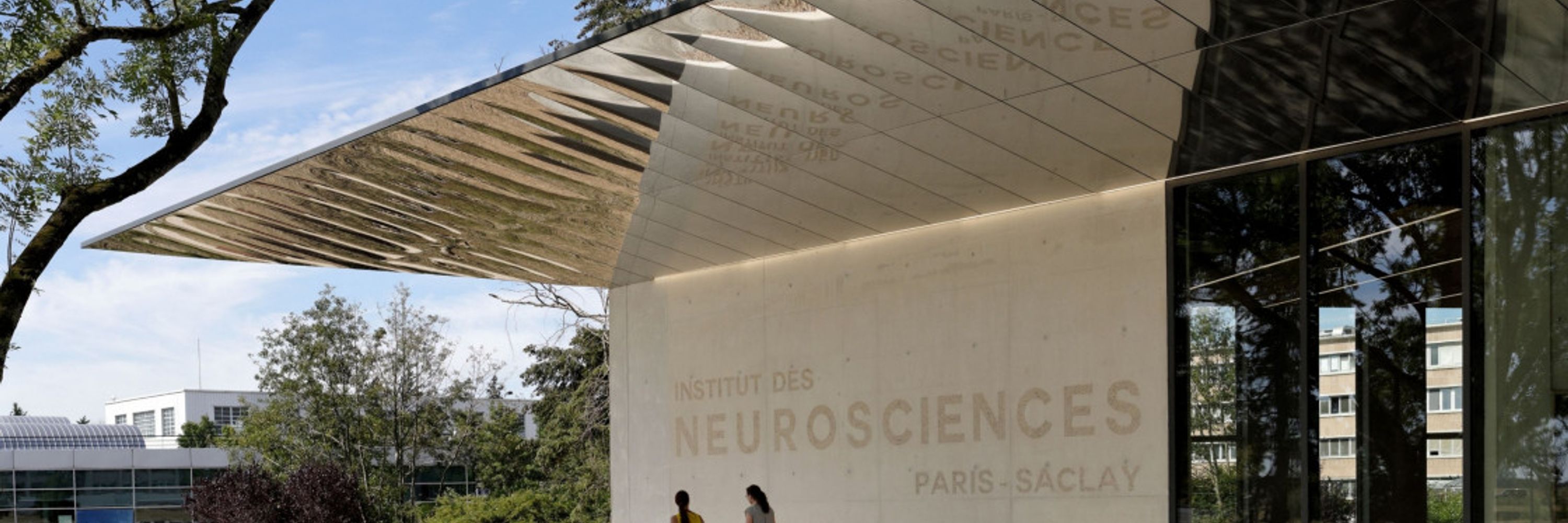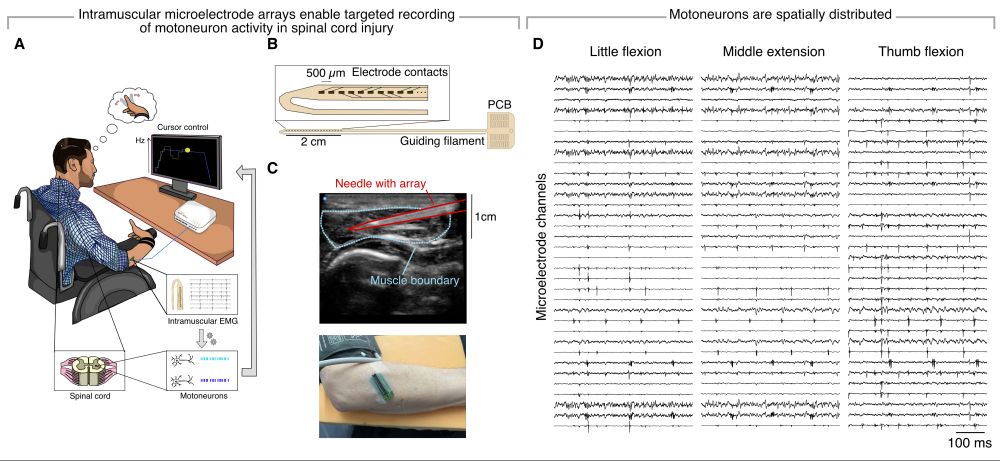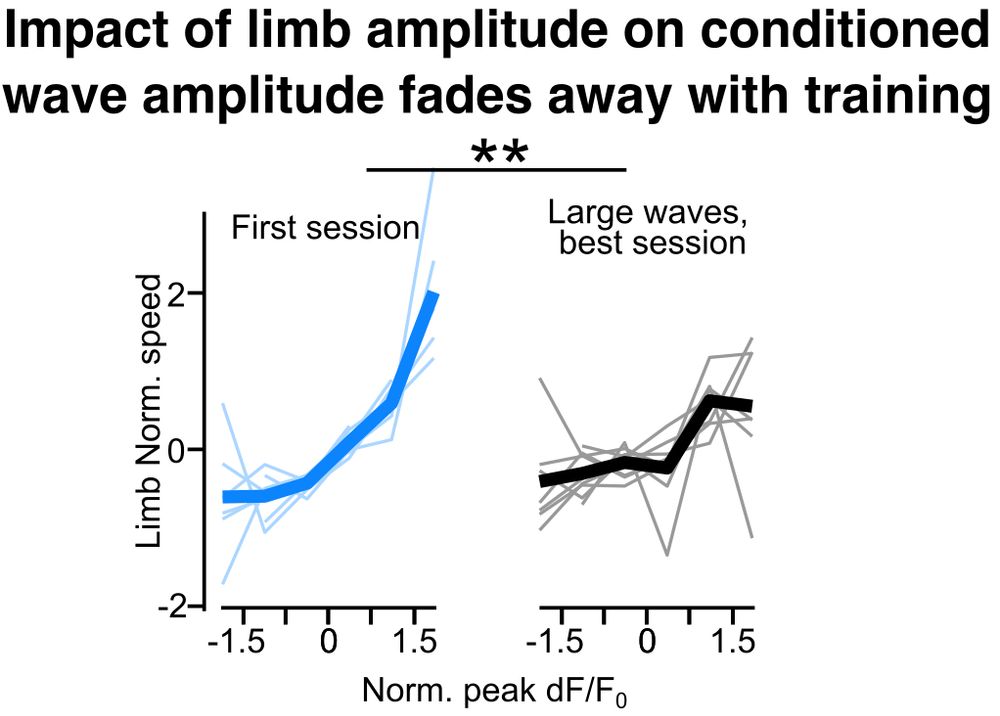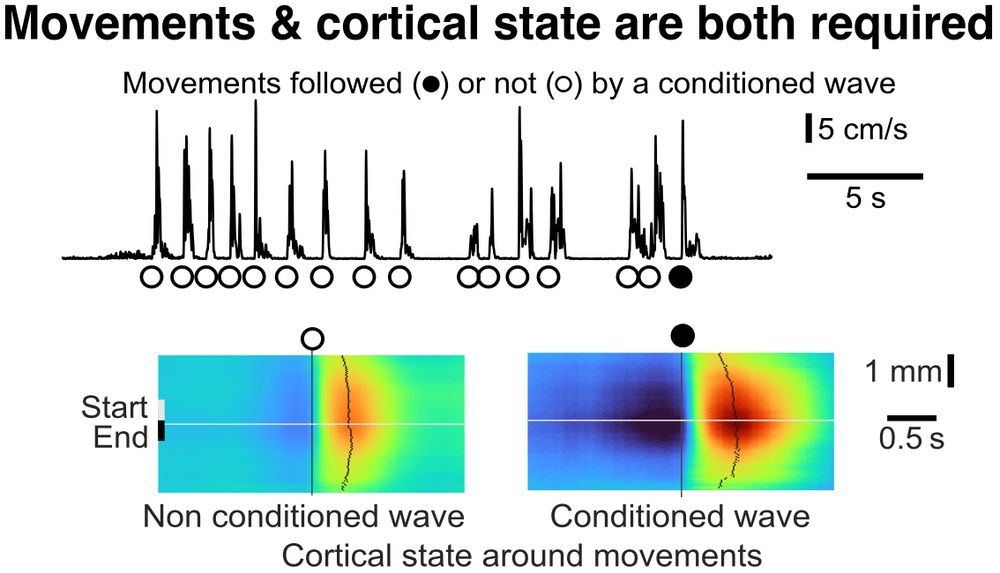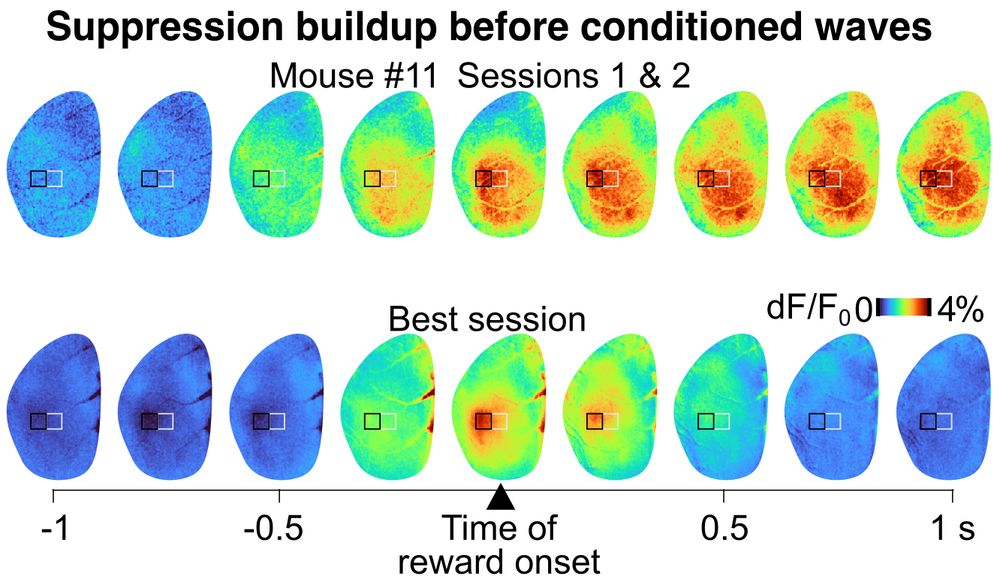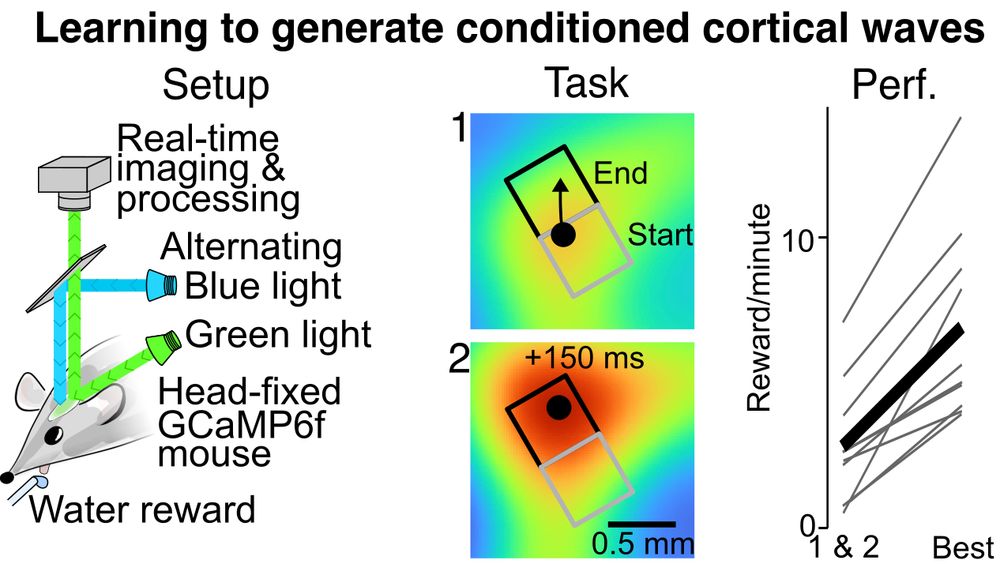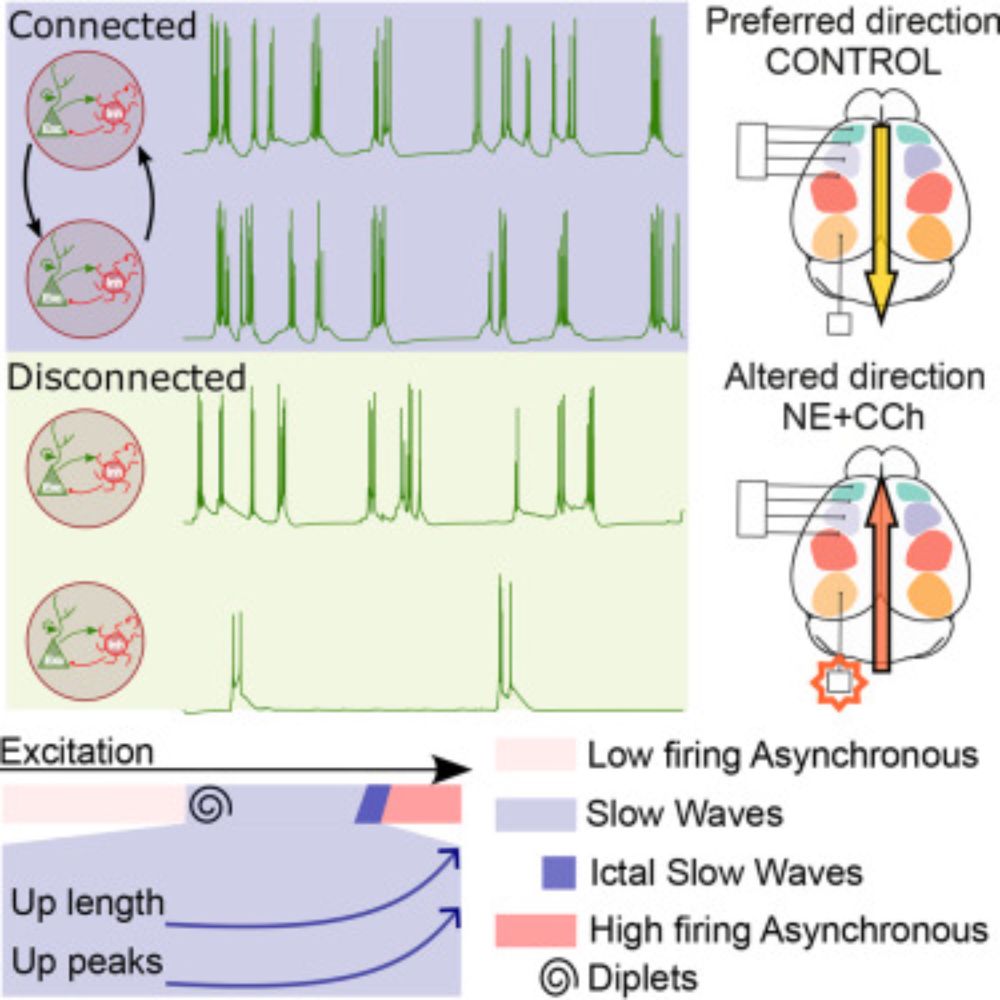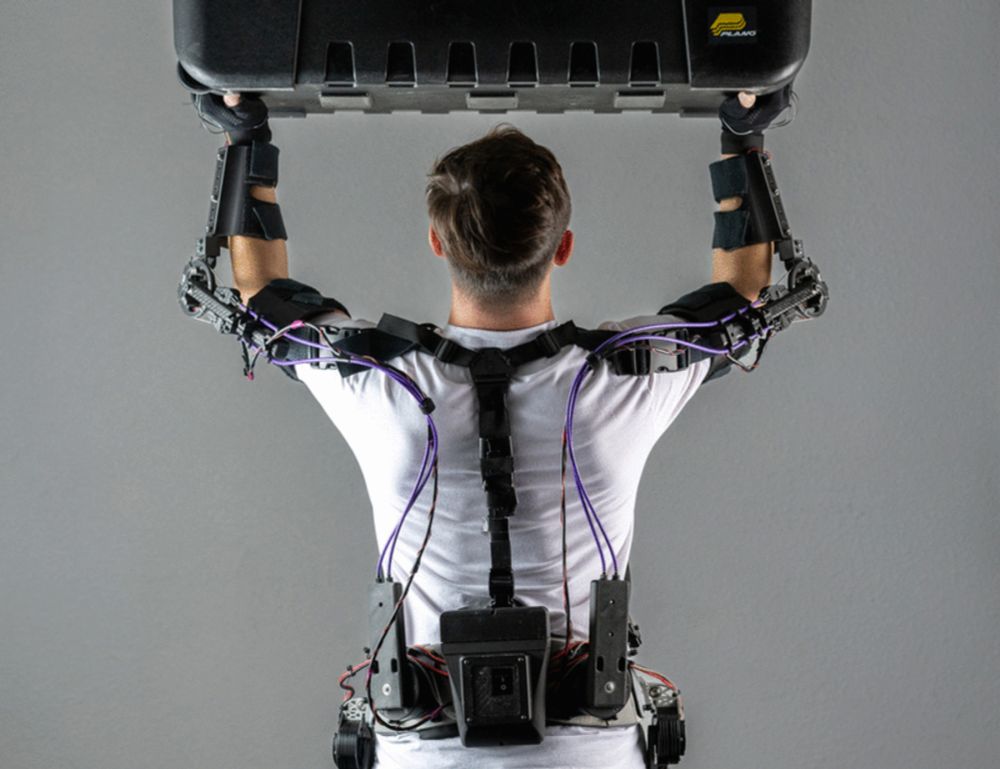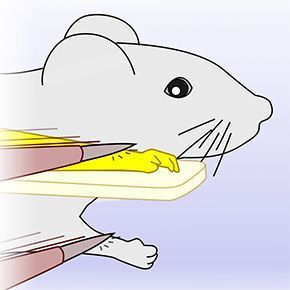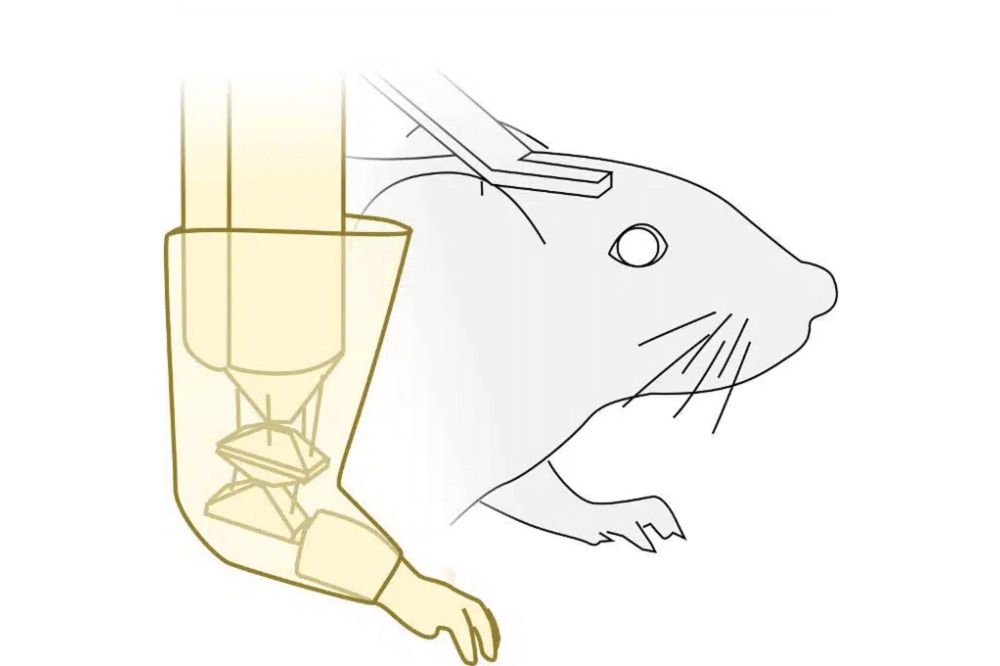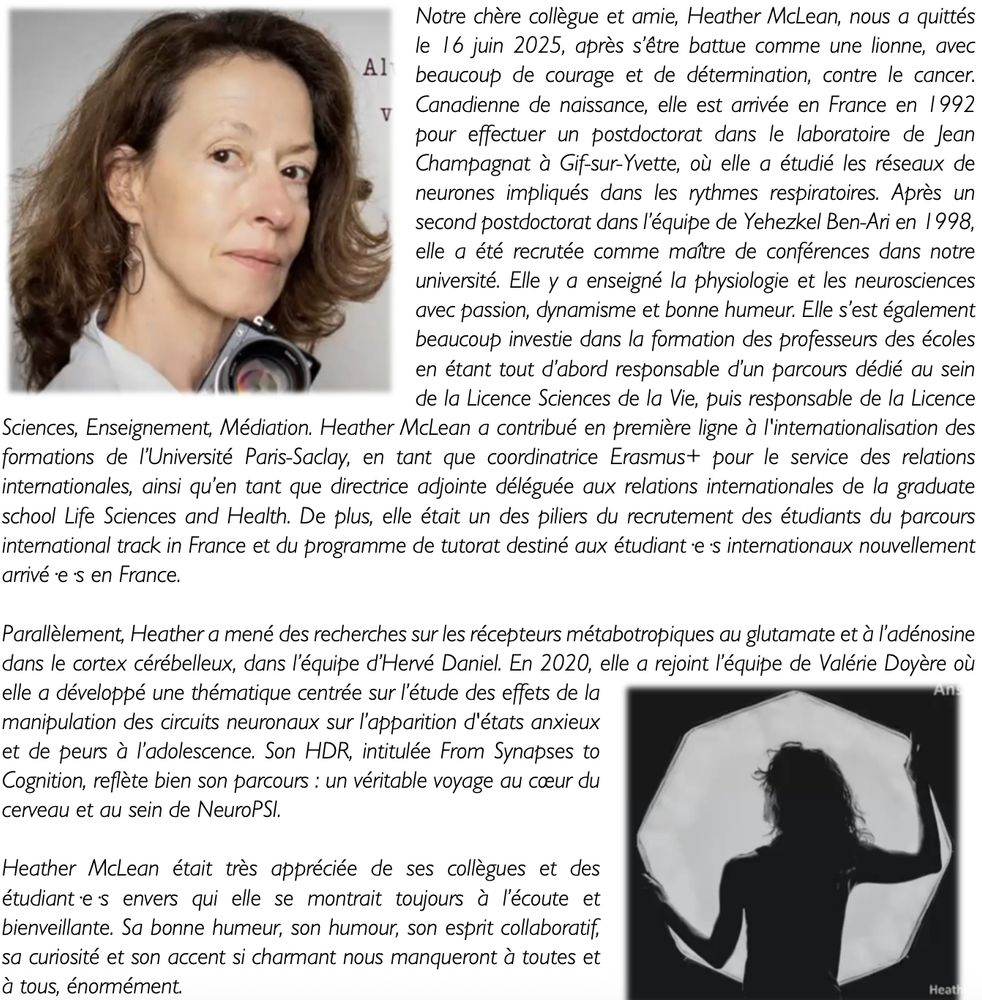Luc Estebanez
@lucestebanez.bsky.social
240 followers
320 following
31 posts
Brain-machine interfaces, Neuroprostheses.
CNRS, Paris-Saclay Institute of Neuroscience @NeuroPSI.bsky.social
https://neuropsi.cnrs.fr/annuaire/luc-estebanez/
Member of team @TouchMoveLab.bsky.social
Posts
Media
Videos
Starter Packs
Reposted by Luc Estebanez
Reposted by Luc Estebanez
Micah G. Allen
@micahgallen.com
· Aug 1
Reposted by Luc Estebanez
Reposted by Luc Estebanez
Reposted by Luc Estebanez
Reposted by Luc Estebanez
Reposted by Luc Estebanez
Reposted by Luc Estebanez
Reposted by Luc Estebanez
Reposted by Luc Estebanez
